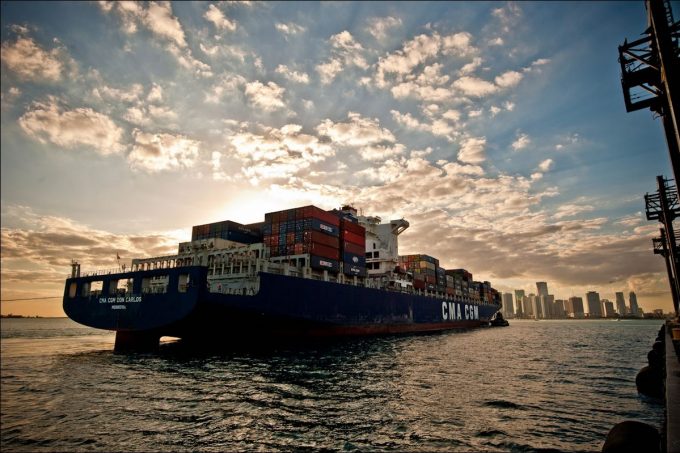Path now clear for Cosco to join consortium to buy HPH port terminals
The expiry of yesterday’s 145-day deadline for exclusive negotiations between Hutchison Port Holdings (HPH) and ...

The number of container lines with an operating capacity of over 200,000 teu has reduced to 17 from 20 in the past year, and is set to shrink to 13 in the next 18 months as the industry experiences unprecedented consolidation.
CMA CGM’s acquisition of APL ...

Comment on this article
Ed
January 13, 2017 at 3:13 amI am interested in our grouth with out trade please send more up dates thx.Ed
TONY
January 14, 2017 at 7:40 pmAs far i can estimate the upcommig 2017 Zim will be sold or vanish